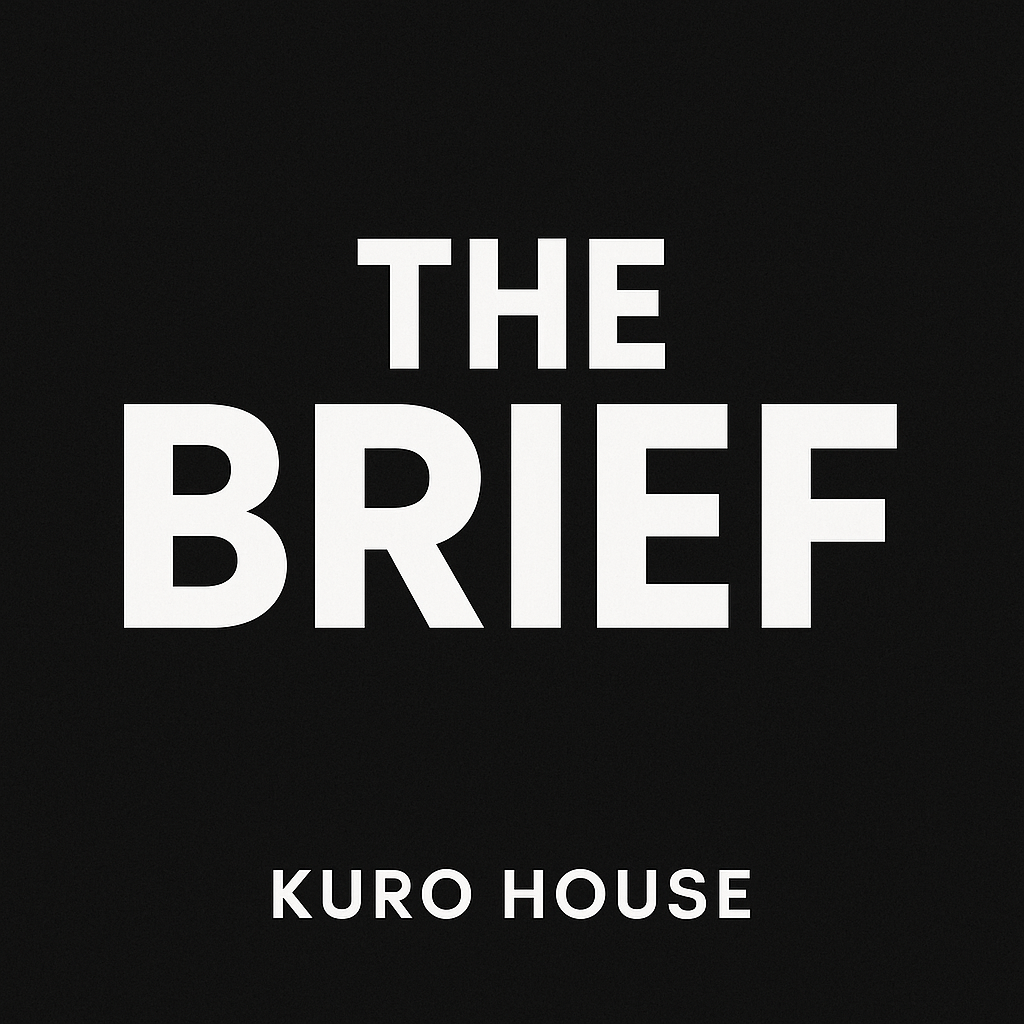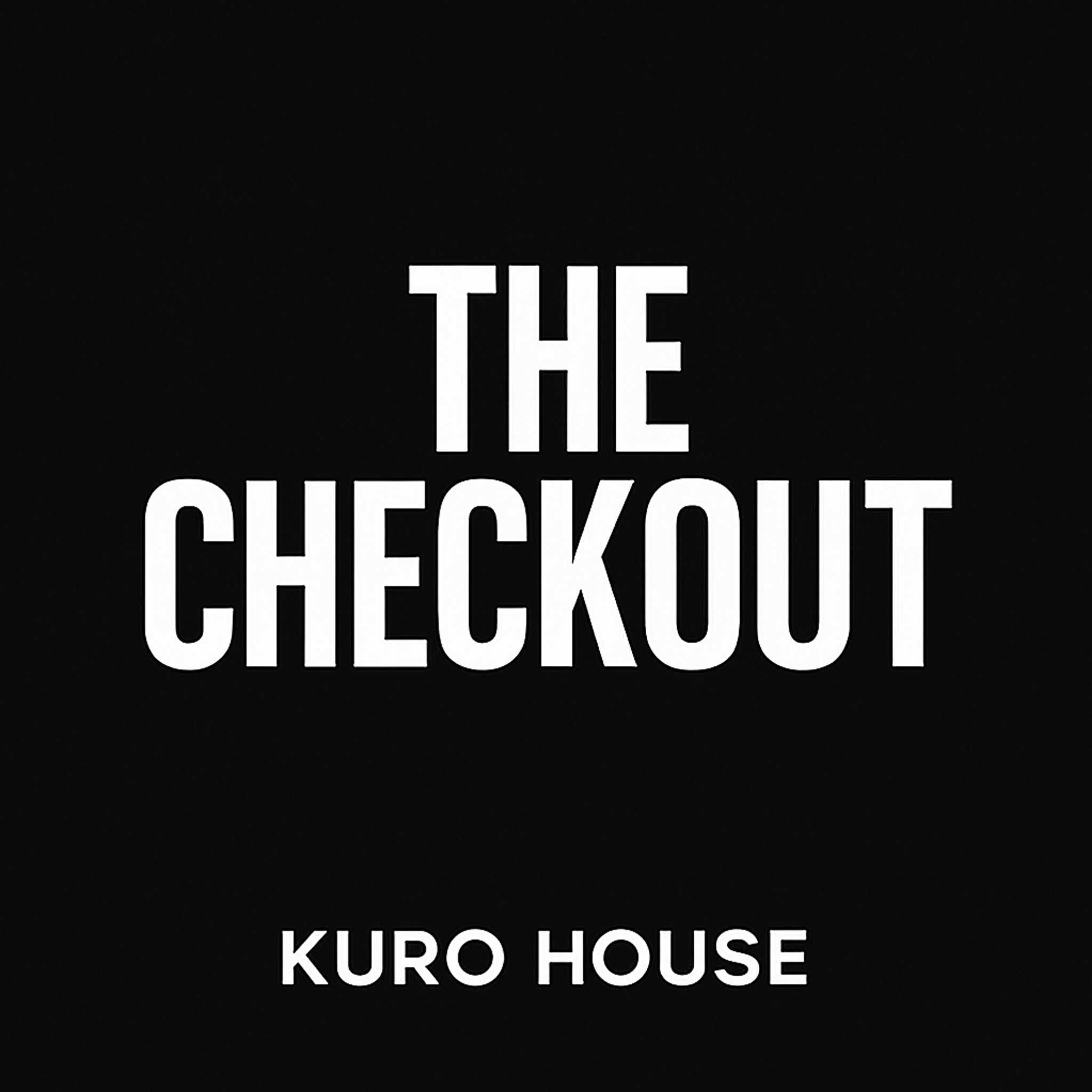Listen To The Show
Transcript
Welcome to The Brief by Kuro House, your daily dose of sharp, insightful updates from the marketing and media world. Today, we’re diving into a set of stories that reveal the drama, innovation, and tough decisions shaping our industry right now—from lawsuits shaking up a high-profile Black media collective, to how publishers are navigating the tricky waters of AI, and a late-night TV shakeup with big implications for brands and broadcasters. Let’s get into it.
First up, from Adweek, is a detailed look inside the dual lawsuits threatening to unravel Group Black, a collective that launched in 2021 with a bold mission: funneling advertising dollars into Black-owned publishers. The founders—Richelieu Dennis, Bonin Bough, and Travis Montaque—secured a $75 million initial investment from GroupM and cut multimillion-dollar deals with big players like Ziff Davis and NBCUniversal, aiming to raise and distribute $500 million in funding. Group Black was quickly celebrated for its ambition and timing, as social activism surged post-pandemic. But by 2024, the company’s momentum had stalled. Montaque quietly left, followed by Dennis, who shifted focus to his own Sundial Media and Technology Group, which owns Essence, Refinery29, and Afropunk. That left Bough as the sole cofounder—and then the lawsuits started. The first suit, filed by Essence Communications (a Dennis company), alleged Group Black owed Essence and Afropunk $20 million in unpaid bills and had misused those funds to enrich itself and Holler, the messaging platform Montaque founded. Though this suit was dismissed, new litigation surfaced in May and June: Essence Communications claims $7 million in missed payments, arguing Group Black had the funds but instead invested in itself and Holler. Group Black counters that Dennis agreed to convert the $7 million debt into equity, only to reverse course after leaving. The situation is a tangled web—Dennis, as chairman, was involved in the decisions now under dispute, and both he and Montaque had stakes in Holler. The companies appeared to be cycling the same money around, a not-unusual startup tactic, but one that’s now backfiring amid personal and business conflicts. Despite it all, Group Black continues, with Bough launching a new venture, Portrait, focused on minority audiences. The stakes are high: if Group Black collapses, it could have ripple effects across Black media funding.
Switching gears, let’s talk about late-night TV and controversy, with another story from Adweek. ABC has pulled Jimmy Kimmel Live! from its weekly lineup after the host made comments about conservative activist Charlie Kirk, who was killed at a student event in Utah. In his monologue, Kimmel suggested Kirk’s killer might have been a pro-Trump Republican, a remark that sparked immediate backlash. Nexstar, which owns hundreds of local TV stations and is seeking FCC approval for a $6.2 billion acquisition of Tegna, objected strongly and preempted the show on its stations. Nexstar’s president, Andrew Alford, called Kimmel’s comments “offensive and insensitive at a critical time in our national political discourse.” The controversy escalated when FCC chairman Brendan Carr threatened action against ABC, and Sinclair Broadcasting joined in, choosing to air a remembrance of Kirk instead of Kimmel’s show. As of now, Kimmel hasn’t responded publicly. This episode highlights the delicate balance between free expression, corporate interests, and regulatory scrutiny, especially as media consolidation raises the stakes for every on-air comment.
Now, let’s look at innovation in ad tech with an exclusive from Adweek: The Trade Desk is rolling out a redesign of Kokai, its programmatic buying platform, and partially sunsetting one of its most recognizable—and controversial—features: the periodic table interface. Since Kokai’s 2023 launch, the periodic table has visually mapped campaigns in color-coded blocks, offering a more intuitive alternative to the spreadsheet-style layouts of other demand-side platforms. But feedback has been mixed, and adoption has lagged, contributing to some of The Trade Desk’s recent revenue misses. In the new redesign, the periodic table will be removed from advertiser and campaign views, remaining only at the ad group level. This move is a significant shift for a platform that tried to differentiate itself through visual innovation, and it signals The Trade Desk’s willingness to adapt quickly based on user feedback and business outcomes.
On the publisher side, Digiday brings us an inside look at how EssentiallySports is leveraging creators to drive engagement and revenue. Over the past year, the sports news outlet has hired creators—including top athletes like WNBA star Natasha Howard—to produce in-house video and editorial content around major sporting events. The results have been impressive: during the WNBA All-Star Game, the open rate for EssentiallySports’ newsletter jumped from 38% to 49%, click-through rates surged by over 50%, and CPMs climbed as well. Articles related to Natasha Howard saw a 72% spike in search traffic, and the women’s-sports-focused “She Got Game” newsletter recorded a 25% increase in average clicks per user. EssentiallySports pays athletes starting at $1,000 per post, with fees rising based on influence, but the benefits go both ways—Howard, for example, gained about 7,000 new Instagram followers during the event. The company’s co-founder, Suryansh Tibarewal, explained that this creator program is a strategic response to AI’s impact on search traffic and the need to build owned environments. By pairing creator-driven short-form content with traditional editorial, EssentiallySports is boosting engagement and ad revenue while building trust and authenticity—something that’s increasingly important as AI-generated media proliferates.
Finally, let’s stay with Digiday for a peek at Bloomberg Media’s “survival guide” for the AI era. Bloomberg has notably not signed a content licensing deal with any AI company, and CEO Karen Saltser explained at the Digiday Publishing Summit that the company is holding out for more favorable, recurring compensation models rather than one-off lump-sum deals. Bloomberg’s strong subscription and advertising businesses—subscriptions are up 16% this year to just under 670,000, and ad revenue is up 6%—give it the flexibility to negotiate. Meanwhile, Bloomberg is leaning into AI on its own terms: it relaunched its on-site search engine with AI, leading to a 15% increase in both search usage and click-through rates, and introduced AI-generated article summaries (reviewed by humans), which have boosted time-on-site and page consumption by high single digits. AI is also being used for real-time contextual ad targeting in editorial videos, allowing for precise, timely ad placements. But Saltser emphasized that live, in-person events—“just powered by people”—remain a vital, AI-resistant growth engine. The big takeaway? For Bloomberg, direct relationships with subscribers and event attendees are more critical than ever, and AI is a tool to enhance, not replace, those connections.
That’s it for today’s Brief. As we’ve seen, the media and marketing landscape is as complex and interconnected as ever—whether it’s the internal drama at Group Black, the ripple effects of a late-night TV controversy, or the ways publishers and platforms are adapting to the rise of AI and the creator economy. Stay sharp, keep questioning, and remember: in this business, the only constant is change. Thanks for listening, and we’ll be back tomorrow with more.


